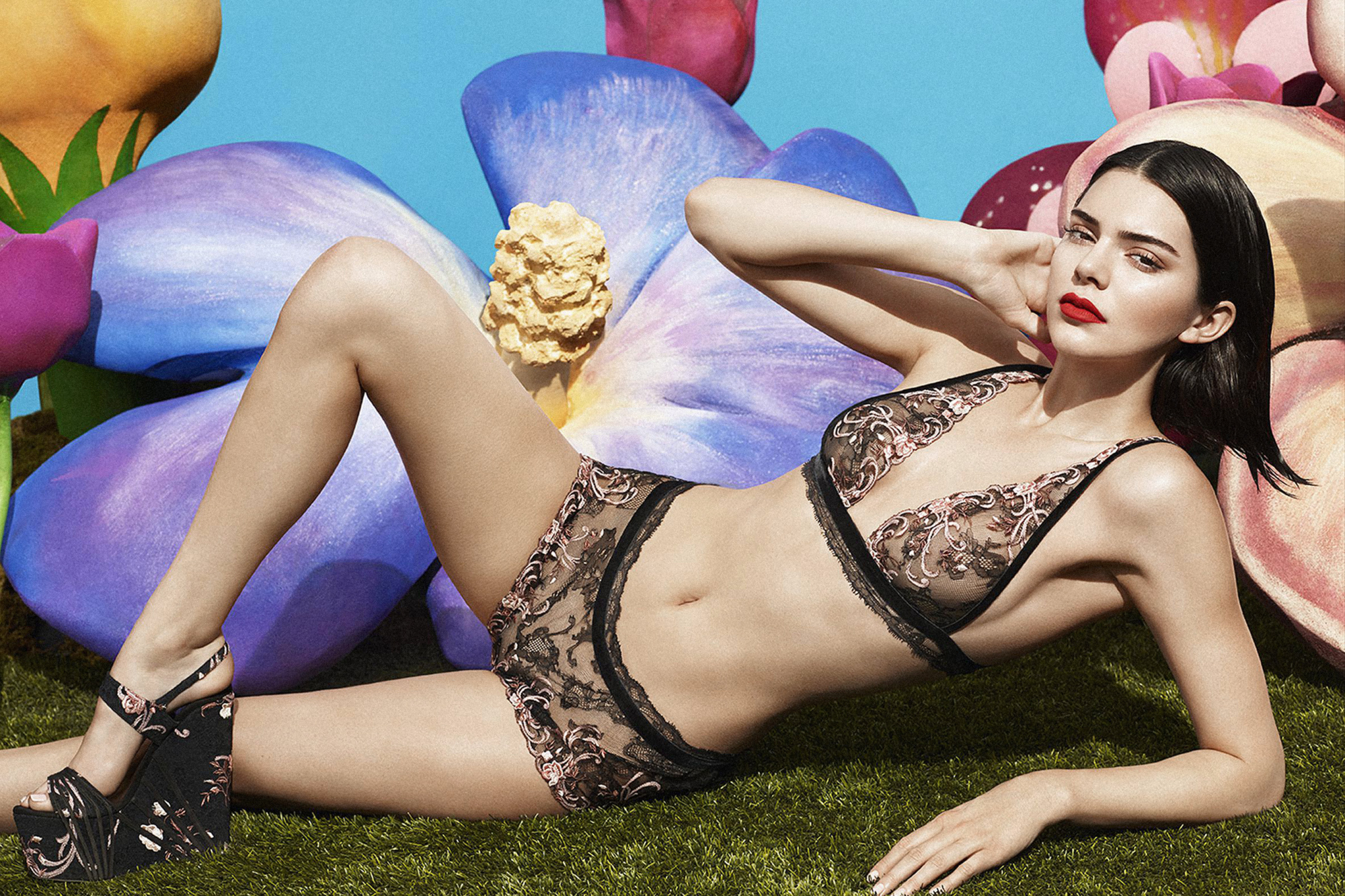How Clothes Became an Indicator for Wealth, then After the Industrial Revolution It Became Less Important.
Clothing, a fundamental aspect of human existence, has undergone a remarkable evolution throughout history. Thousands of years ago, crafting garments was a labor-intensive process that demanded considerable time and effort. The intricate artistry required for handwoven fabrics and the scarcity of resources made clothing a symbol of wealth and social status.
Expressing ourselves is super important nowadays. In the past, strict rules about clothing were a big deal, especially for Americans. Rich people wore fancy stuff like silk, while regular folks had to stick to plain clothes like wool and linen. What you wore showed your place in society. But things changed during the industrial revolution when nice fabrics became available to everyone.
In ancient civilizations, the ability to adorn oneself in finely crafted textiles signified prosperity. Royalty and the elite draped themselves in luxurious fabrics, showcasing their opulence to the world. Meanwhile, the common folk donned more practical, albeit coarser, materials that reflected their economic standing. The stark contrast in clothing materials served as a visual indicator of societal hierarchy, emphasizing the gaping divide between the privileged few and the masses. However, the advent of the Industrial Revolution in the 18th and 19th centuries marked a turning point in the history of clothing.
The mechanization of textile production revolutionized the way garments were made, making clothing more accessible to people across different social classes. The once arduous and time-consuming process of handweaving gave way to the efficiency of machines, democratizing fashion and challenging the age-old association between attire and social status.
With the mass production of textiles, a new vision for fashion emerged—one that embraced simplicity and functionality over ornate opulence. Ready-made clothing became readily available, allowing individuals to express their personal style without the constraints of societal norms. This shift in perspective heralded an era where the emphasis on self-expression began to outweigh the significance of clothing as a status symbol.
Conventional notions of modesty, particularly for women, began to give way to the influence of radical suffragette reformers who challenged societal norms by flaunting legs and showing cleavage, embracing a more liberated style. The gradual exposure of a little more skin became an emblem of rebellion against the constraints of traditional gender expectations. As the 20th century progressed, this trend towards greater personal freedom in clothing choices gained momentum.
In our contemporary world, the expression of personal freedom through flexible and comfortable clothing choices has become synonymous with modern values. The sartorial guidelines that once dictated one’s social standing have become incongruent with our present-day ideals. Liberated from the confines of rigid dress codes, people today pursue vibrant and individualistic self-expression without the constraints of societal judgment. This shift in attitude is not only evident in the evolution of fashion trends but also in the broader context of societal norms and expectations.
Recent years have witnessed a growing movement where women, in particular, have felt empowered to embrace a more liberated form of self-expression, breaking free from the constraints of traditional norms, and showing their confidence through shredding the shame surrounding their bodies. The celebration of body positivity and the rejection of antiquated ideas about modesty have become integral to this cultural shift. The emphasis on personal comfort and the rejection of restrictive clothing has fostered an environment where individuals can proudly showcase their bodies without fear of judgment.

This evolution towards greater body pride and liberation from past prudishness is exemplified by elite trendsetters who have embraced nudity as the new chic. The shedding of the restricting layers of bygone eras signifies a rejection of the societal expectations that once dictated what was deemed appropriate. In today’s cultural landscape, rational individuals exhibit more skin without facing condemnation from highfalutin critics.
Flaunting figures in athletic or natural free-spirited nudity is met with acceptance rather than shame. This cultural shift can be likened to the historical moment when our ancestors threw off the shackles of old religion-based rules and embraced a newfound freedom. The celebration of relaxed naked freedom reflects a departure from traditional constraints and an embrace of a more open and accepting societal ethos.
In many ways, embracing flexible nude fashion embodies the contemporary ideals of equality and freedom for all. This progress is evident in the breaking down of outdated restrictions related to appropriate apparel, making space for inclusive and body-positive trends. Today, we celebrate the hard-fought liberty that has allowed us to redefine the world of fashion and shape it on our own bold and bare terms.
The journey from laborious attire to contemporary nudity reflects not only the evolution of clothing but also the changing dynamics of societal values. What was once a symbol of wealth and social standing has transformed into a canvas for personal expression and individuality. As we navigate the complexities of modernity, clothing has become a tool for breaking free from the constraints of the past, allowing individuals to embrace their true selves and redefine the boundaries of fashion in the process, rather than just covering our true nature for no reason. The thread of time continues to weave a story of liberation, simplicity, and the celebration of the human body.
And remember kids, showing skin is not shameful at all, and you should not judge a person for their personal choice that doesn’t hurt.










